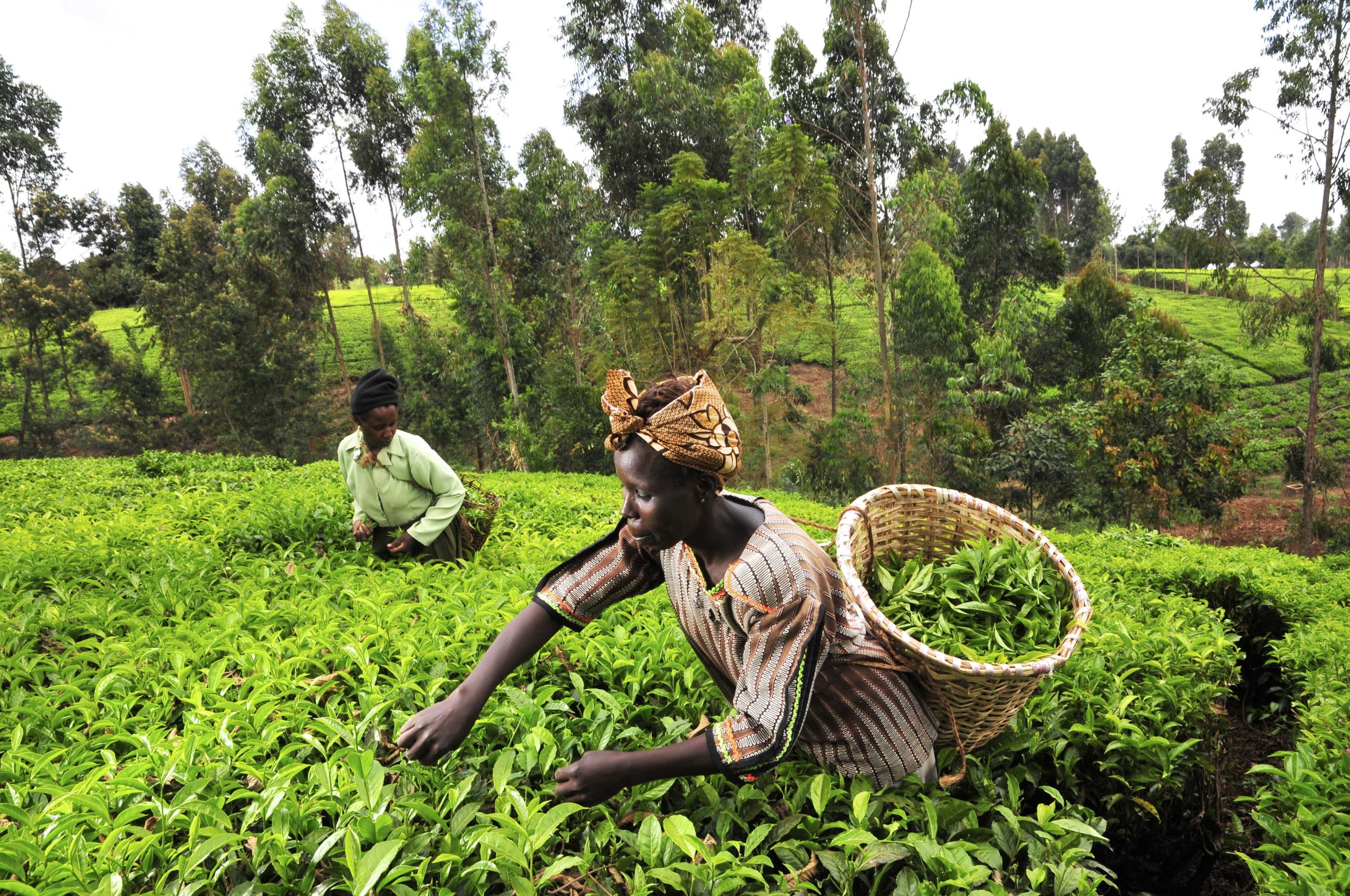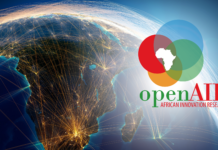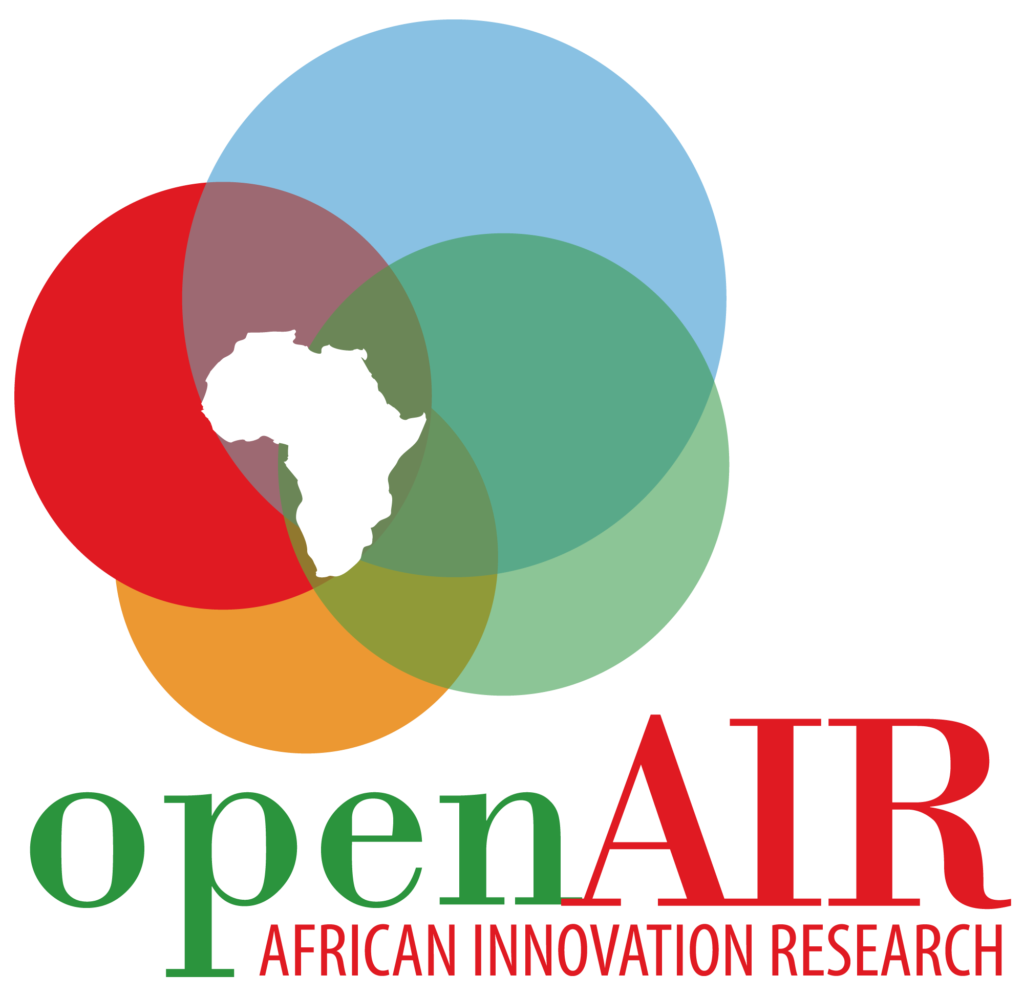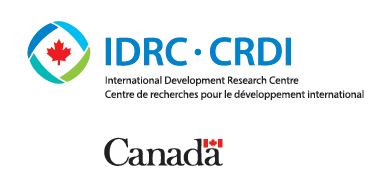[Originally published under Creative Commons in The Conversation, here, and in Intellectual Property Watch, here. Reprinted with permission of the author.]
The global South is full of significant, diverse biological and genetic resources. It’s also home to most of the world’s indigenous communities. This is why developing countries are sensitive about protecting their genetic resources and traditional knowledge.
Indigenous communities enjoy a close relationship with nature. Genetic resources are central to producing their traditional knowledge. This drives innovations in agriculture, medicines and conservation. But global intellectual property frameworks – the legal mechanisms for securing knowledge ownership – still haven’t taken this reality into account.
The Agreement on Trade-Related Aspects of Intellectual Property Rights (TRIPS) is the world’s most authoritative legal instrument on intellectual property. It falls under the World Trade Organisation, which sets the rules for trade between countries. The United Nations also has an agency specializing in intellectual property rights, the World Intellectual Property Organisation. The two bodies signed a cooperation agreement in 1996.
But the trade agreement doesn’t mention traditional knowledge, let alone its association with genetic resources. The UN body, meanwhile, has been trying – unsuccessfully – to negotiate a new framework over the past 16 years. These gaps show how conventional intellectual property frameworks have neglected the knowledge that indigenous communities produce.
Why the gap in the rules matters
Foreign corporations and researchers often capitalize on the traditional medicinal and agricultural uses of genetic resources to develop blockbuster products. Some African examples include:
- South Africa’s hoodia cactus, which is traditionally used for appetite suppression;
- Madagascar’s rosy periwinkle, used to make drugs that treat some cancers. It is also found in other parts of the world;
- endod berry, a traditional soap plant that is used to treat schistosomiasis;
- teff, a traditional cereal grain with exceptional nutritional value. It is grown in Ethiopia and Eritrea; and
- Nigerian cowpea species developed by local farmers.
All of these examples have attracted international interest. This has prompted indigenous and local communities to spar with foreigners over the benefits that are due to them.
In the absence of clear rules, a process called “biopiracy” has emerged. Biopirates appropriate genetic resources and their associated traditional knowledge by using patents. Sometimes these are turned into blockbuster products. Local communities don’t benefit at all.
Negotiating change
The World Intellectual Property Organisation has been working on an international legal framework to protect genetic resources, traditional knowledge and cultural expression.
Member states and several organisations have sent delegations to Geneva to take part in the intergovernmental committee dealing with the issue. But there have been serious differences between developed and developing countries. These are holding up the process.
African groups, Brazil, China, India, other regional groups and like-minded countries have been pitted against their highly industrialized counterparts such as the US, Japan and the European Union. The developing countries want negotiations to advance to the next round – a diplomatic conference stage during which negotiations move from experts to the political process. This is a crucial step if the negotiations are ever going to be finalized. But developed countries don’t seem to be on board. Some of the sticking points are:
- how much should those who use genetic resources or traditional knowledge disclose about the original source? How should this be done? The users in this case are mostly industrialized nations;
- the sanction for failing to disclose the original source;
- categories of exemption from disclosure;
- the creation and use of databases to protect traditional knowledge; and
- how these requirements would affect existing patent law.
This intergovernmental process has involved 16 years of intense negotiations. If it doesn’t deliver on its mandate, Africa will be more suspicious than ever about international commitment to the development imperative in intellectual property frameworks.
Several international efforts
The UN committee is just one of a complex set of international efforts to mainstream development in the intellectual property rights framework. Similar initiatives include:
- the World Intellectual Property Organisation Development Agenda;
- the Nagoya Protocol on Access and Benefits Sharing. This is a protocol to the Convention on Biological Diversity; and
- the 2007 United Nations Declaration on the Rights of Indigenous Peoples.
These initiatives are trying to hold users and providers of genetic resources accountable. Because they’re fairly new there’s little evidence of their impact yet. But they are important as symbolic steps.
All of this underscores how urgent it is to develop an intellectual property rights system that recognizes developing countries’ contributions and needs. This would allow all those involved in the process of producing knowledge to benefit equitably.










